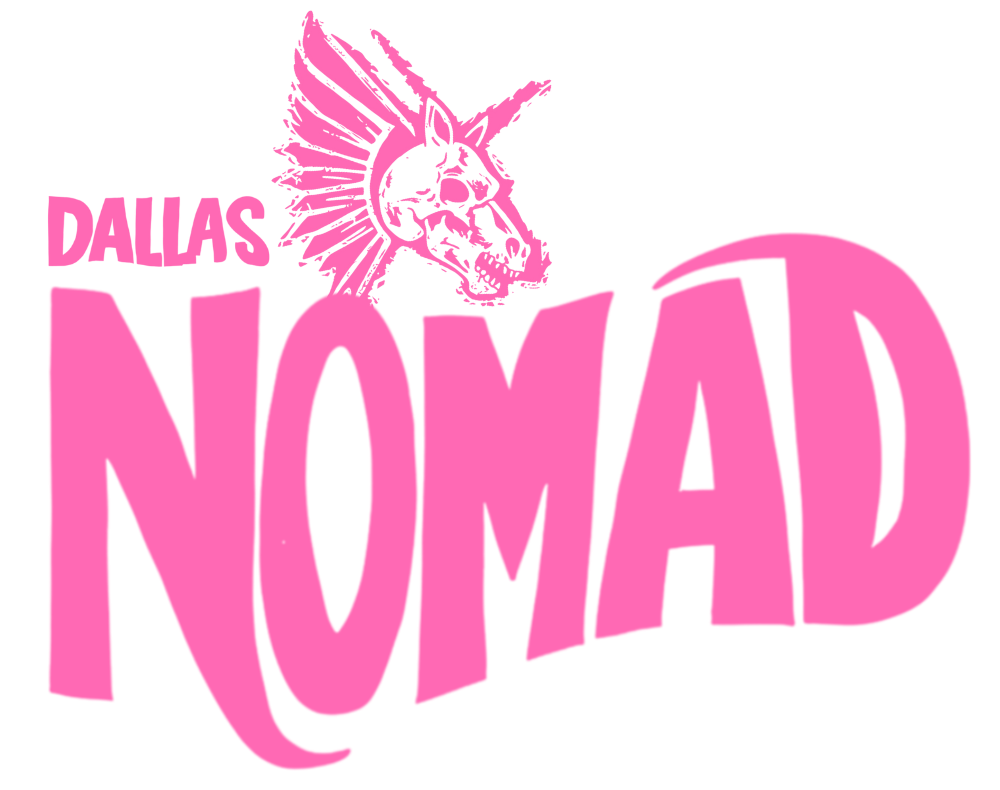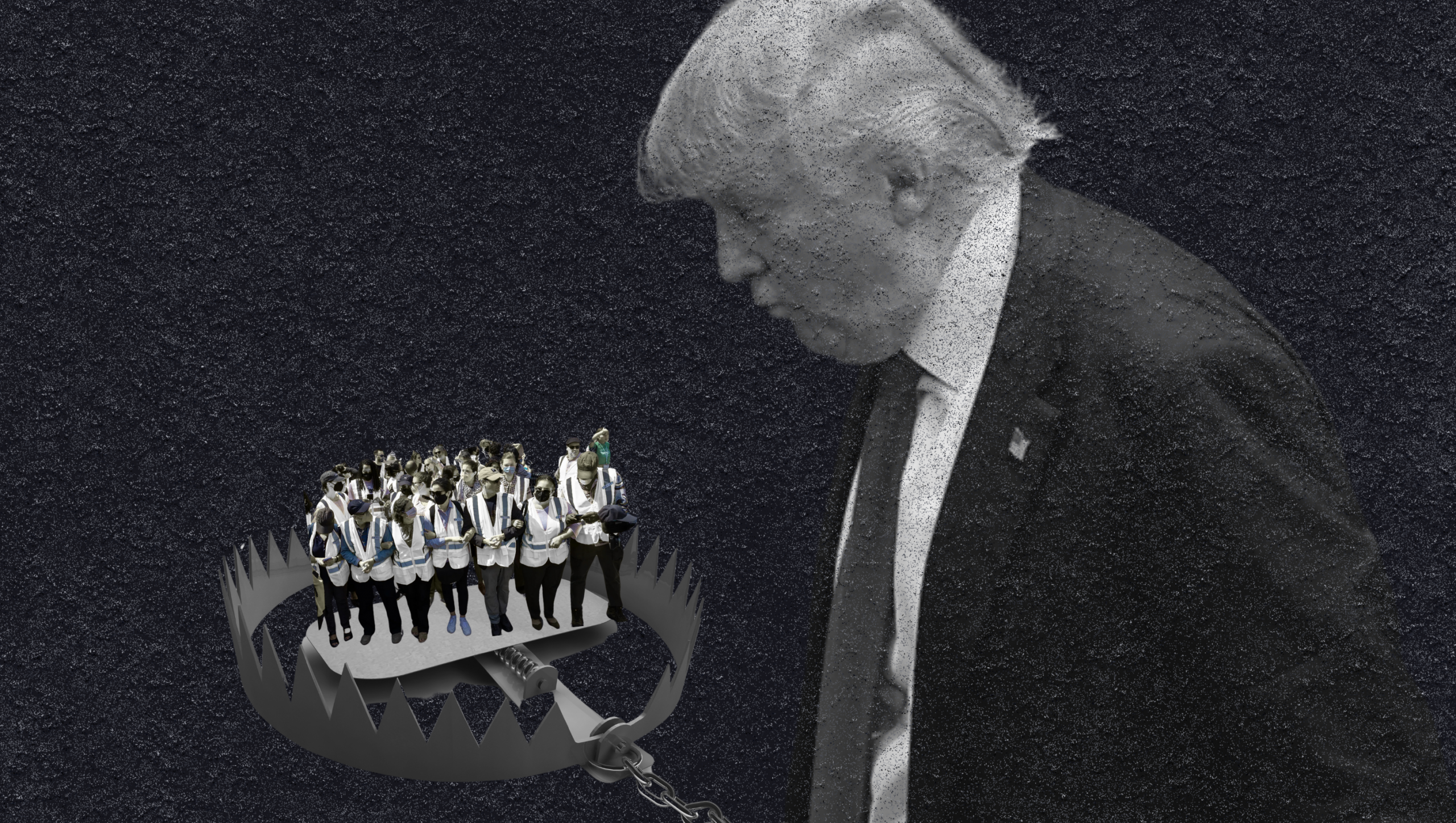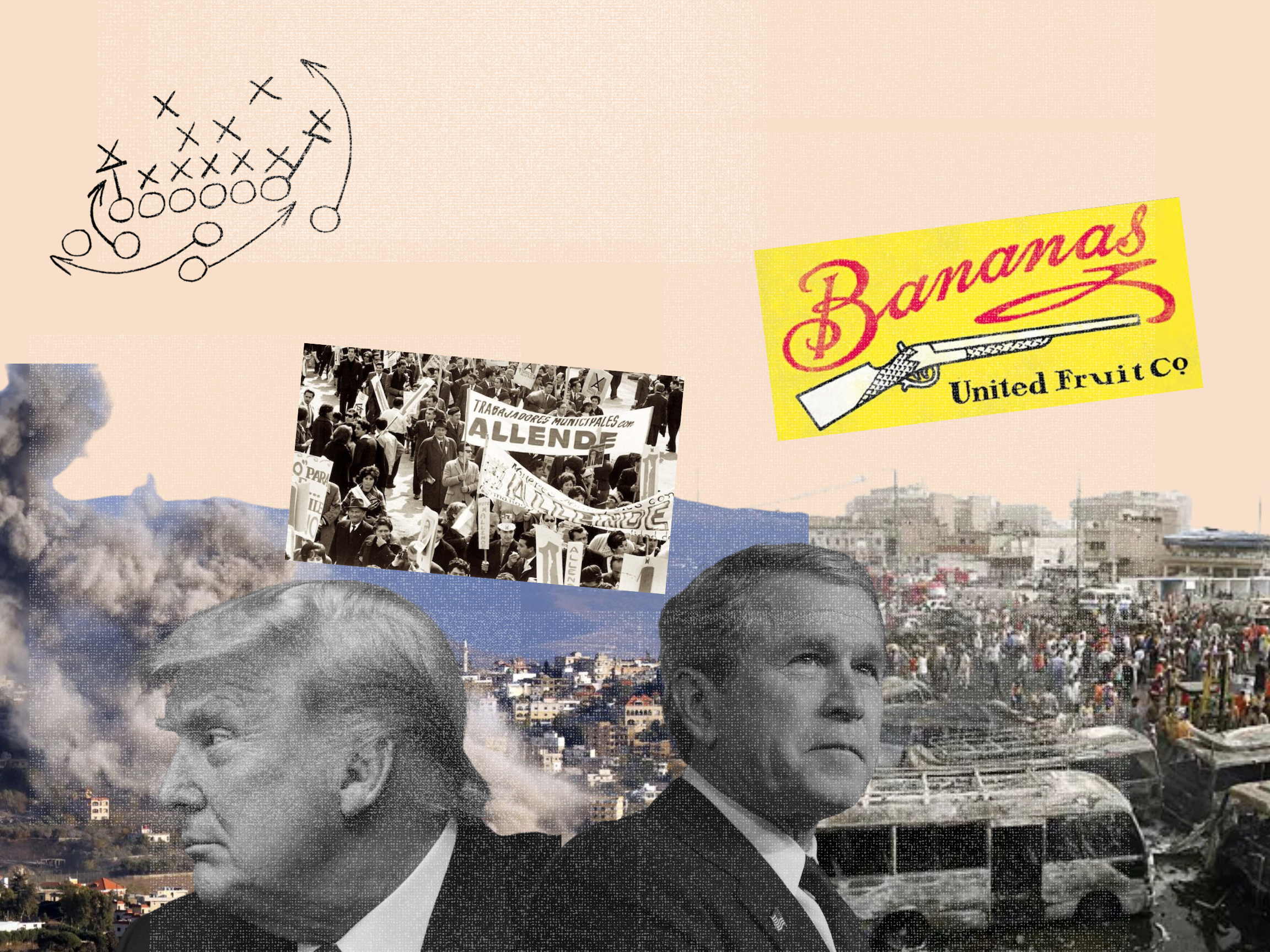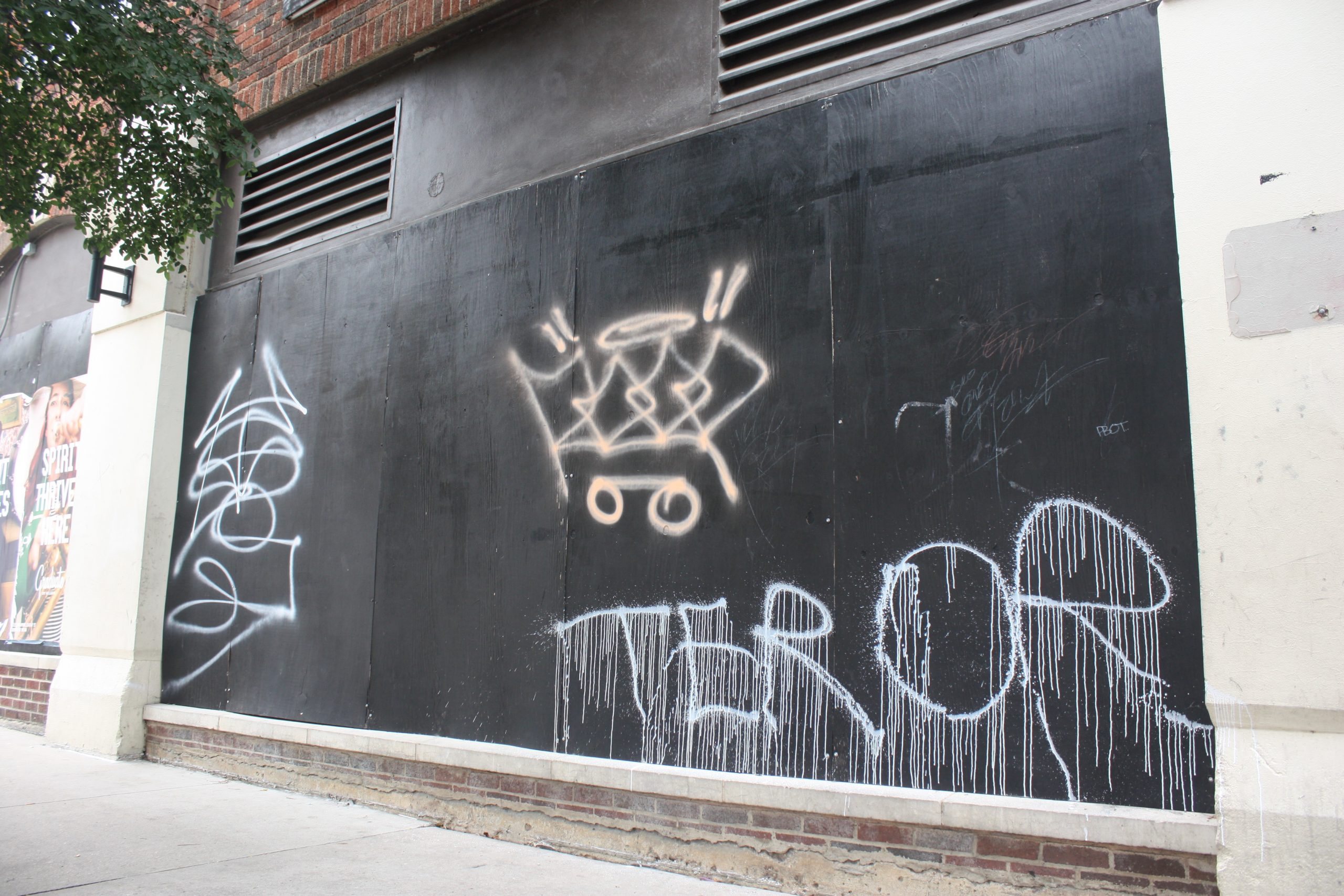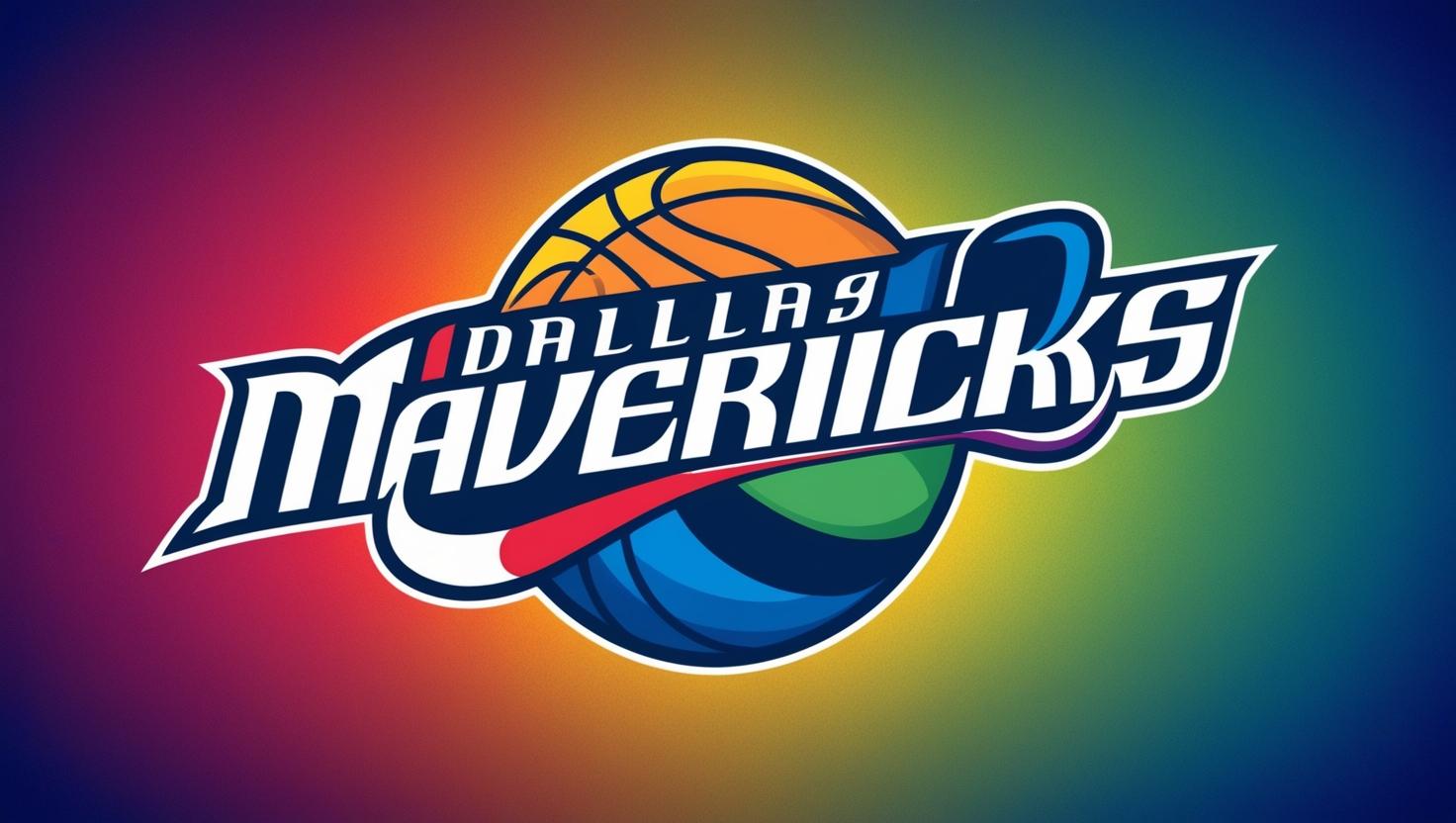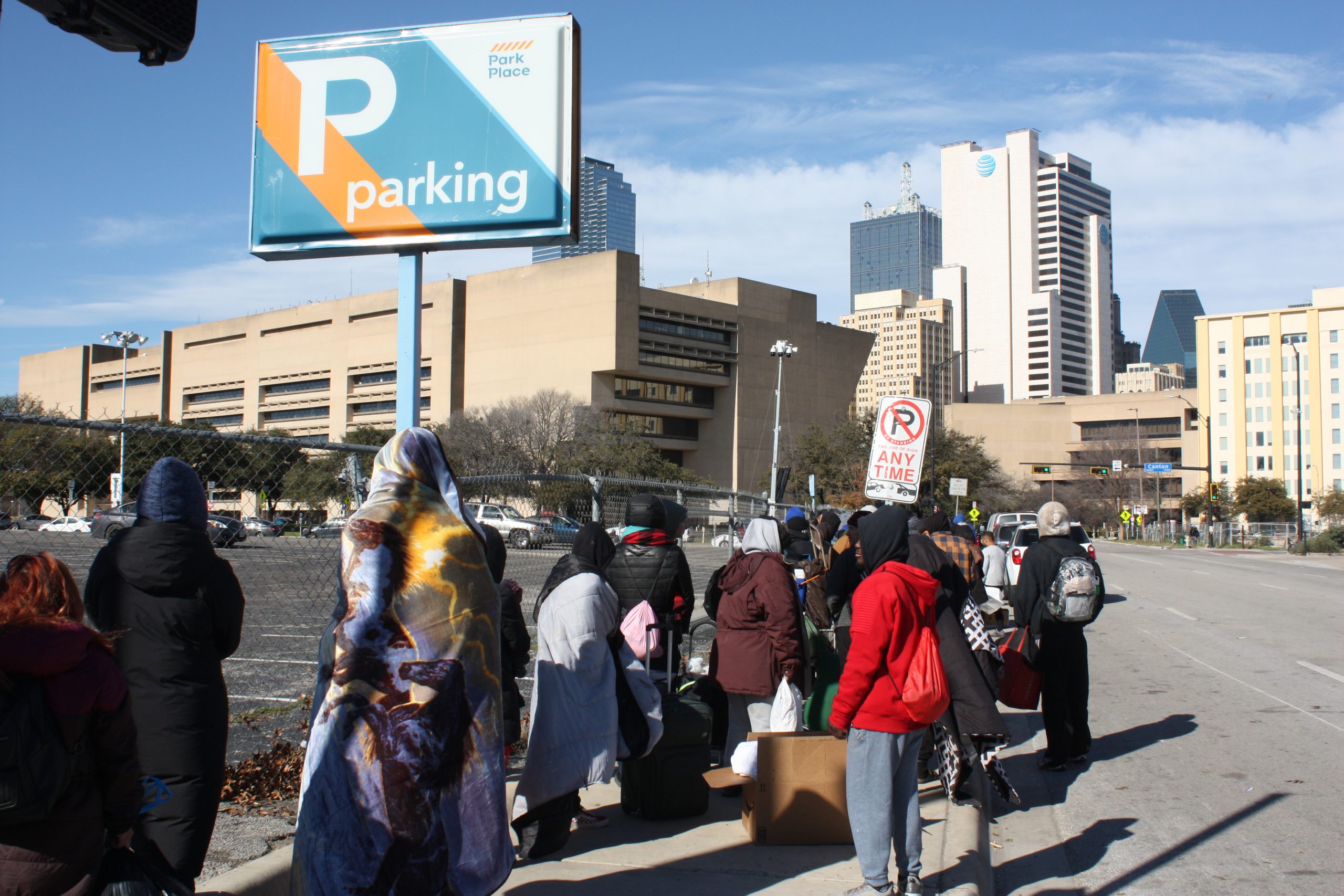Why We Derby: A Celebration of Black Heritage and Style in Dallas
The Kentucky Derby is more than just a horse race; it's a cultural event that connects people to a
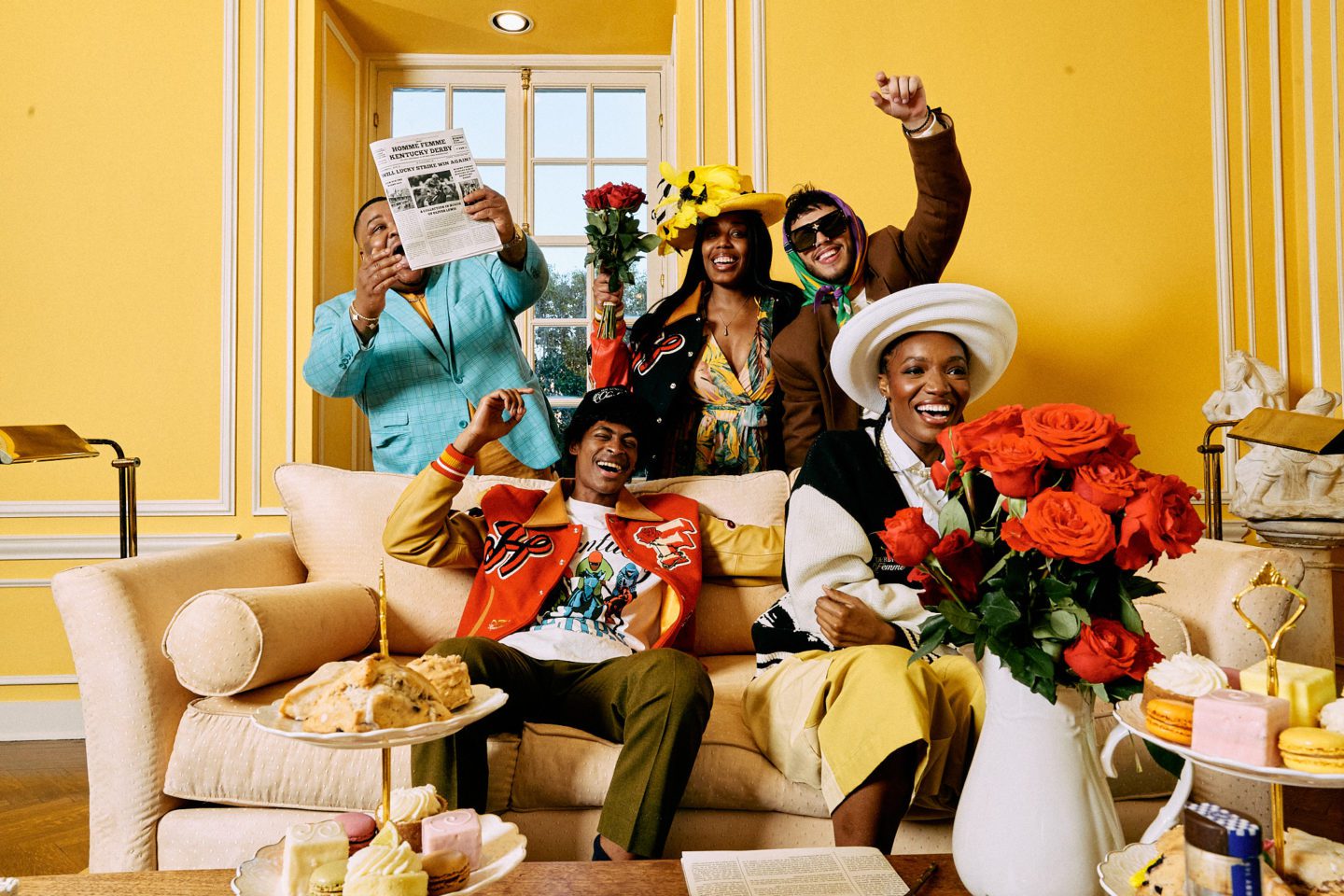
It’s a question that might have crossed your mind, especially if you’re cruising around Dallas in late April or early May: Why are so many Derby parties popping up, and why are they so Black? Is it the hats? The mint juleps? Or is it simply another excuse to throw a fabulous party and show off our Sunday best (because, let’s be honest, we do love a reason to dress up and gather, be it a Tuesday or a holiday we barely acknowledge the origins of)? While there’s certainly some truth to that playful observation, when it comes to the Kentucky Derby, the connection runs much deeper. Beyond the pageantry and mint juleps, the Derby carries a complex history with deep ties to Black culture, a legacy that continues to resonate today, especially in vibrant communities like those in Dallas.
A History Rooted in Black Excellence
The story of the Kentucky Derby’s origins is inextricably linked to the contributions of Black Americans. In the early days of horse racing, enslaved Africans brought invaluable knowledge of equine care to America, laying the crucial groundwork for the sport’s development. This expertise was not lost after emancipation; instead, it propelled Black individuals to the forefront of the racing world. At the first Kentucky Derby in 1875, a remarkable 13 of the 15 jockeys were Black, a testament to their skill and dominance in the sport. Oliver Lewis, a Black jockey, etched his name in history by winning that inaugural race aboard Aristides. This early success was no anomaly, as Black jockeys continued to excel, winning 15 of the first 28 Derbies and establishing themselves as forces to be reckoned with on the racetrack. Icons like Isaac Murphy, who achieved the extraordinary feat of winning three Derbies, rose to national celebrity, their talent and charisma captivating audiences across the country. Black trainers, such as Ansel Williamson, who trained Aristides, were also instrumental in the Derby’s early success. These men possessed expertise and skill that were essential to the development of the sport, shaping its traditions and contributing to its growing popularity.
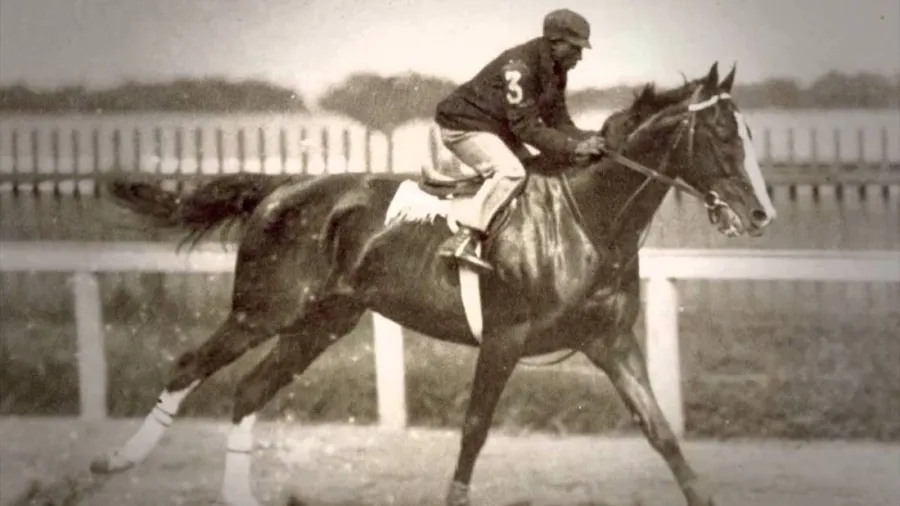
The Erasure and Resilience
Black jockeys and horsemen would continue to dominate the sport of Thoroughbred racing, from the first Kentucky Derby in 1875 through 1903. This is, until Jim Crow pushed them out. The rise of Jim Crow segregation in the late 19th and early 20th centuries cast a long shadow over the Derby, leading to the systematic exclusion of Black people from a sport they had helped build. This era institutionalized racial discrimination, enforcing a system of laws and customs that relegated African Americans to second-class citizenship. Jim Crow is widely seen as a direct backlash to the progress achieved during Reconstruction, a period when formerly enslaved people made significant strides in gaining political power and social freedoms. As Reconstruction ended and federal troops withdrew from the South, white supremacist forces reasserted control, determined to reverse these gains.
Forced to operate under a new set of laws, Black jockeys, who had once dominated the Derby and were celebrated for their skill, increasingly found themselves denied opportunities, facing discrimination that effectively barred them from competing at the highest levels. This went beyond mere discrimination; it amounted to an erasure of their contributions from the history of the sport, a deliberate attempt to minimize their role and diminish their achievements. Jim Crow laws systematically stripped Black people of their voting rights, access to quality education, economic opportunities, and basic social courtesies. In the context of the Kentucky Derby, this meant that Black trainers and jockeys were increasingly excluded from the lucrative business of horse racing. White jockeys conspired to exclude their Black counterparts, and track owners often turned a blind eye to this discrimination.
The Kentucky Derby Today
Despite the erasure, the legacy of Black excellence in horse racing endured within Black communities. The Derby, even as it became increasingly segregated, remained an important cultural event, a time for celebration, fashion, and community gathering. It became a day to honor a heritage of skill and achievement, a chance to express pride and resilience in the face of injustice. Black families and communities continued to follow the sport, celebrating the achievements of the past and finding ways to participate in the Derby traditions, even in the face of exclusion.
But make no mistake, the legacy of Jim Crow continues to affect the landscape of horse racing today. While legal segregation has ended, the effects of systemic racism remain, and Black participation in the Kentucky Derby, particularly among jockeys, is still limited. Organizations and initiatives are working to increase diversity and inclusion within the sport, but progress has been slow.
Recently, there have been some signs of change. In 2024, Larry Demeritte became the first Black trainer since 1989 to have a horse in the Kentucky Derby, marking a significant moment for representation. However, the number of Black jockeys participating in the Derby remains low, highlighting the ongoing challenges in achieving true equity in the sport.
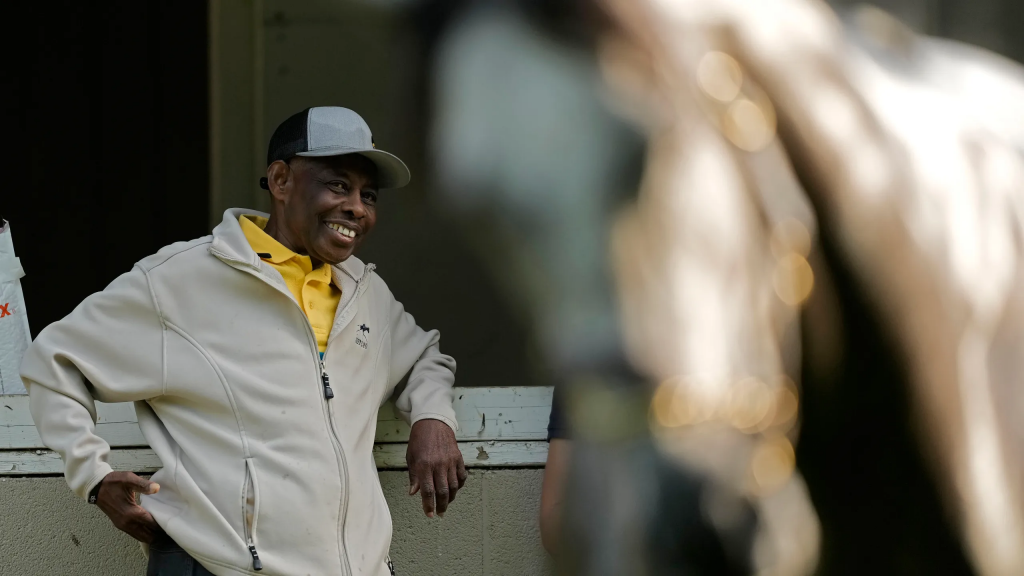
The Kentucky Derby Museum and other institutions have also begun to acknowledge and highlight the historical contributions of Black horsemen and jockeys, working to correct the historical record and ensure that their legacy is not forgotten. These efforts, combined with a growing push for diversity within the industry, offer hope for a more inclusive future for horse racing.”
A Reason to Put That Sh*t On
And speaking of legacies, let’s talk fashion. Black attendees have always understood the assignment, even when that “assignment” was navigating the challenges of slavery and segregation. Black people found ways to express themselves through dress at social gatherings, including events connected to horse racing. Imagine the audacity of looking fabulous when facing such adversity. Enslaved people, though often subject to dictated attire, still incorporated personal touches and adapted styles to reflect their cultural heritage and individuality. It’s a testament to their enduring style and creativity. After emancipation, as Black people gained more autonomy, their fashion choices at events like the Derby became even more expressive, reflecting both celebration and resistance. It was a powerful statement of presence and resilience.
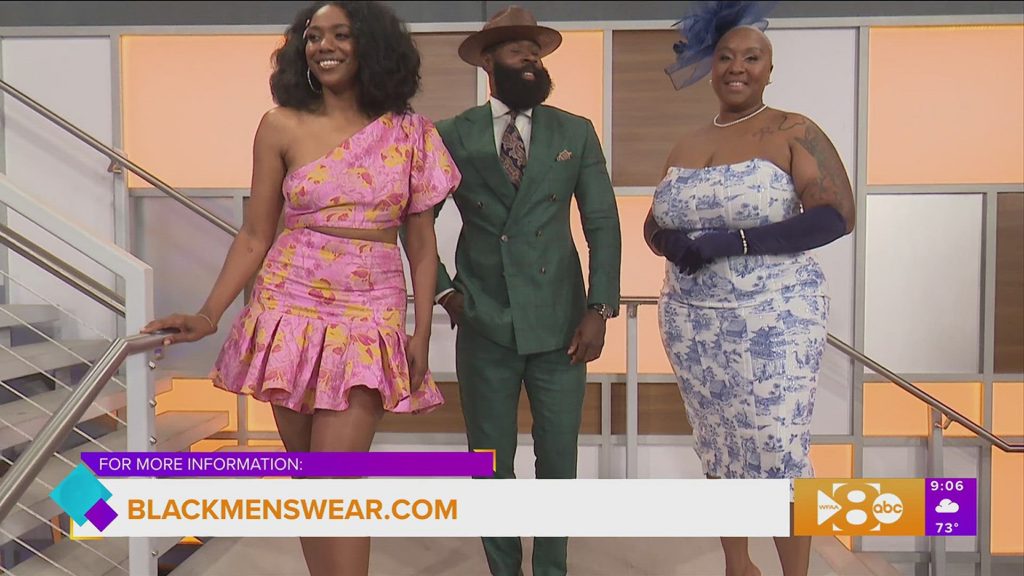
Today, Black attendees at the Kentucky Derby showcase a vibrant and diverse array of styles, blending tradition with contemporary trends. Black women often wear elaborate hats that are not just accessories, but statements – bold colors, striking shapes, and unique embellishments that celebrate individuality and cultural pride. Black milliners are also making their mark, bringing fresh perspectives and innovative designs to Derby headwear. Attendees frequently embrace bright colors, bold patterns, and designs that reflect current fashion trends and African heritage. Black men at the Derby often display sharp tailoring, emphasizing individuality with stylish suits in a range of colors, patterns, and fabrics, often paired with eye-catching accessories.
For many, Derby fashion is a celebration of Black culture and heritage. This is evident in the use of traditional African fabrics, colors, and designs, as well as the incorporation of contemporary styles, such as those seen in lines like the Homme + Femme Kentucky Derby collection, which celebrates the Black legacy of the Derby through modern streetwear. Beyond individual expression, Derby fashion also allows Black attendees to connect, celebrate their presence, and affirm their place in this historic event. The significant role of Black people in shaping Derby fashion is increasingly recognized. Black designers, milliners, and stylists are more visible, and their contributions are celebrated for their creativity, innovation, and cultural richness.
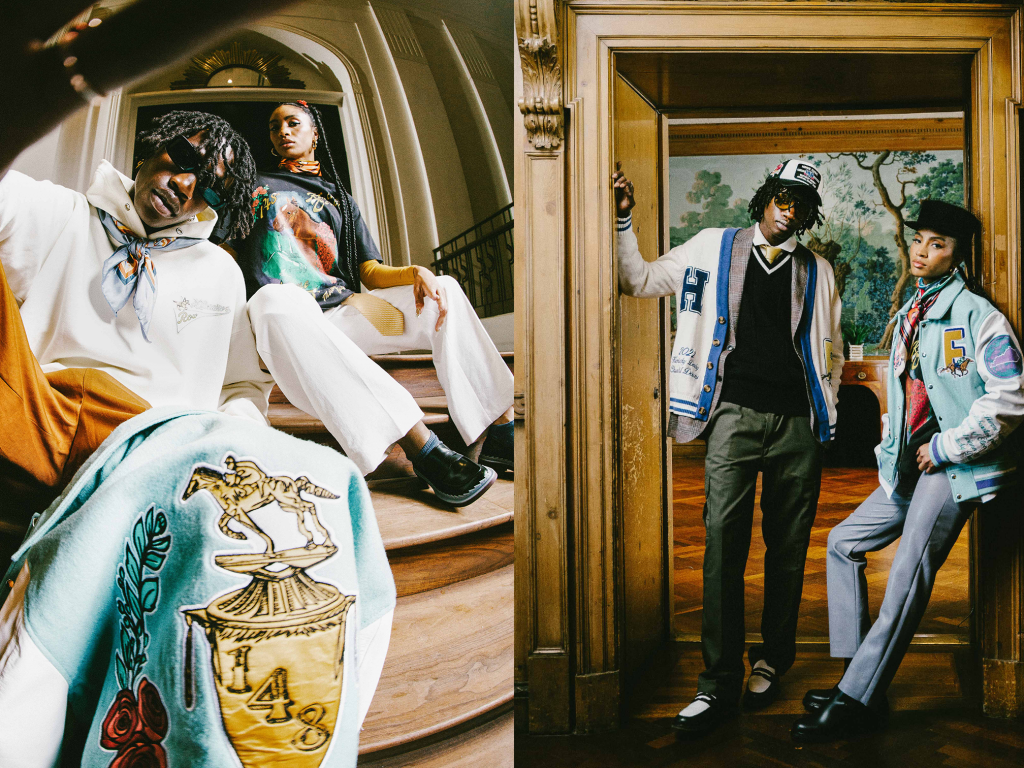
The Derby’s Relevance in Dallas & Where to Celebrate
Across the nation, and in cities such as Dallas, the Kentucky Derby has long held a significant place in the social calendar of the Black community. It’s more than just a horse race; it’s a day to celebrate tradition, showcase personal style, and connect with others in a spirit of shared enjoyment. The Derby provides a unique opportunity to celebrate Black culture and heritage, with attendees donning their finest attire.
Derby parties in Dallas have become more frequent and important community gatherings. For those looking to experience the excitement of the Kentucky Derby in the Dallas-Fort Worth area, several venues offer unique and vibrant celebrations including:
- The 8th Annual Derby Day Party @ Hillside Social: This event is known as one of the hottest Derby Day parties in the DFW area. Attendees can expect a vibrant atmosphere with great music, stylish attire (think seersucker suits and colorful spring dresses), and all the excitement of the Kentucky Derby with vibes brought to you by a Nomad Approved favorite, DJ She Real.
- Ladies Love Us’s Talk Derby to Me Party at Double D’s: This event offers a unique celebration of the Derby, specifically catering to the lesbian community, hosted at Double D’s. Sounds brought to you by another friend of the Dallas Nomad and Nomad Approved spinster, DJ C Wade.
The Kentucky Derby’s history is a complex one, filled with both triumph and injustice. While the contributions of Black Americans were once marginalized, their legacy remains an integral part of the sport and continues to be celebrated in communities like those in Dallas. The Derby is more than just a horse race; it’s a cultural event that connects people to a rich and often overlooked history. It’s a history that is both a source of pride and a reminder of the challenges that still need to be overcome. Ultimately, it’s an amazing excuse to put that shit on…if you needed one.
